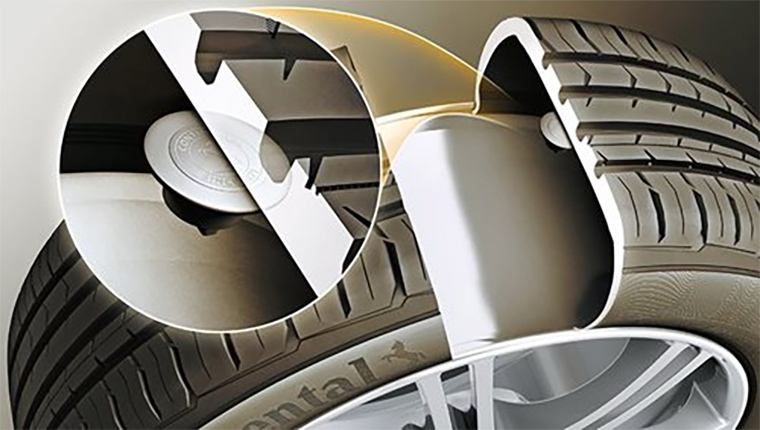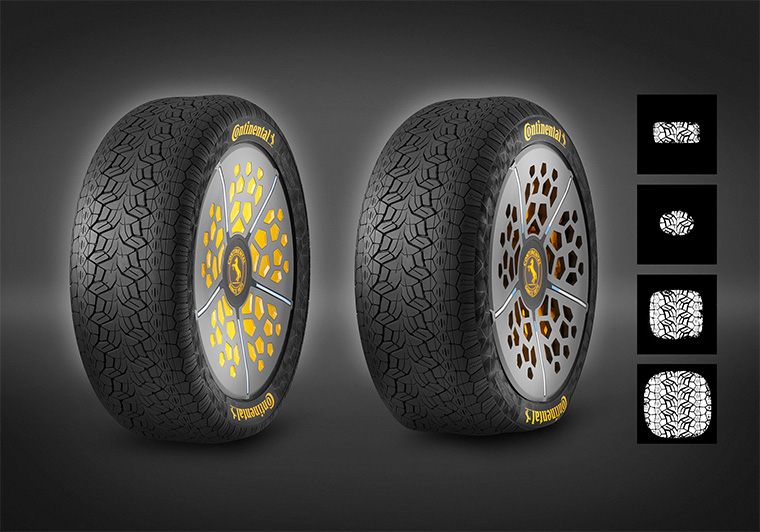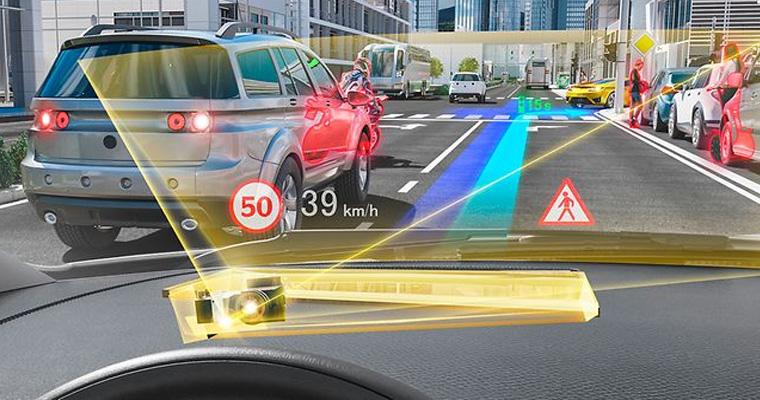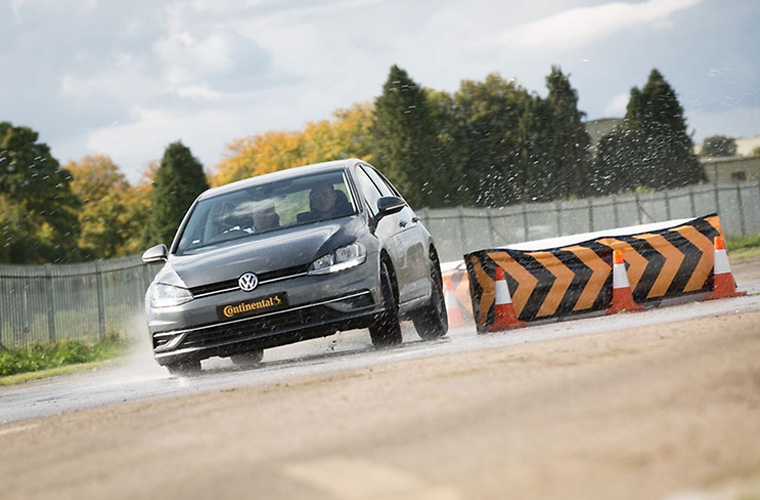Technology and change go hand in hand, especially in the twenty-first century. There seems to be something new announced every day, or at least it feels that way. Take driving; ask anyone in the developed world what the most significant changes in the automotive industry are, the chances are most will mention hybrid cars, or the switch towards fully electric vehicles.
While there’s no doubt that these subjects certainly dominate thoughts on motoring, this is only scratching the surface of automotive development. In an era of unprecedented dependency on electronic technology, the digital age is significantly driving the direction of motoring too.
Although the vast majority of UK citizens are used to the increasing digitalisation in our lives, few people truly appreciate what this means in practice for driving. Some of the technologies in development will have a significant effect on all of our driving experiences, including many innovations pioneered by
Shopping for cars has gone digital
Before we look at some of the digital technologies already in our cars, consider how we now typically buy a vehicle. The way we shop for cars has dramatically changed in the last decade, thanks to the digital revolution. Today, there is a seemingly endless amount of statistics, data and reviews to be found online for every type of vehicle on the market. Consumers are better informed and have more choice than ever. It’s estimated that around two-thirds of us will make our decisions on car purchases as a result of online research by 2020.
And the cars’ online presence doesn’t stop there. Some automotive manufacturers are launching virtual showrooms, enabling their customers to use AR – Augmented Reality – to look around cars – as if they were standing next to them. This technology provides a near real-world experience from the comfort of their own home. In the not so distant future, there may no longer be a need for
Continental’s smart tyres keep you safer and save money
Back in the physical world and on the road, digital innovation aims to make driving safer, with tyres also getting a smart-technology upgrade. Continental has already developed its own clever Tyre Pressure Monitoring System (TPMS). It’s so good that you’ll find it in many of today’s best vehicles.

They’ve also developed a sophisticated electronic-Tyre Information System (
The introduction of digital tyre tech is already here, but there’s so much more to come. While not on the market just yet, ContiSense and ContiAdapt smart tyre technologies are revolutionary new vehicle aids that are based on electrically conductive rubber compounds. This enables electrical signals to be sent from sensors in the tyres to a receiver in the car. As a result, your tyres will be in continuous contact with your vehicle, reporting any issues relating to tread depth, temperature, and pressures. This will make your driving experience both safer and more comfortable.
But how will you consume this digital data?

More than just tyres: Continental’s other digital technology
Although it’s true that Continental has built its reputation on delivering premium tyres, its expertise in other automotive fields is as less well known and it is wide-ranging. In recent times Continental has been focused on developing digital technologies, including heads-up displays – HUD.
HUD technology is still in its infancy, and only just starting to appear in some makes of vehicle. But just as with all new technology, eventually it will become the norm, just as so many others already have in the automotive sector. In the not so distant future, heads-up display technology – previously only seen in

HUD technology is just the latest example of Continental digital displays
Smart sensors
One such safety and performance technology for the digital age is Advanced Driver Assistance Systems (ADAS). These intelligent electronics – pioneered and developed by Continental over many years – are now commonplace in today’s cars, and provide a wide range of benefits to drivers, such as AEB (Autonomous Emergency Braking) – which monitors road conditions and helps to prevent collisions – and ESC (Electronic Stability Control) – which can assist with steering if you need to take avoiding action.

And then there’s autonomous self-parking technology – the digital driving system that gets all the attention from the public. Continental are a major provider of this technology to the global automotive sector, and if you happen to be lucky enough to drive a Mercedes-Benz you may already be familiar with this clever, futuristic autonomous technology. It’s very impressive, and representative of the direction that convenience-driven digital technology is heading.
As it becomes more and more commonplace – just as ADAS technologies AEB and ESC have – autonomous driver assistance will become the norm, to the point where drivers will question its omission if a vehicle does not have it. Make no mistake, the autonomous vehicle revolution is well and truly underway, and while it may not fully arrive for a few more years yet, Continental are well placed to help shape and steer the direction of this digital future.
In future, driving may not involve driving at all
Continental has joined forces with the BMW Group, Intel and Mobileye with the goal of producing fully automated BMW vehicles by 2021. It has also partnered with BMW, Audi and Daimler by purchasing a stake in Here, a digital mapping company. Although that may conjure up images of satellite navigation systems, Here’s technology has more relevance to autonomous vehicles.
Only last year, Continental announced a partnership with global telecommunications giant, Vodafone, to develop new technologies together, focusing partly on the creation of traffic jam warning systems, as well as a ‘digital shield’ for pedestrians, all using soon to be rolled out 5G wireless technology. A truly autonomous driving future requires the dependable sharing of cellular information between vehicles and pedestrians’ phones, so as to warn off oncoming traffic as someone crosses the road – even if the vehicle’s sensors have not detected them.

And then there’s infrastructure, vital for the safe and reliable implementation of a fully autonomous driving network. Showcased at CES Las Vegas earlier this year, smart road junctions and smart street lamps are just the beginning of the driving infrastructure revolution. Ultimately, following next-generation advancements in wireless communications and data processing, fully autonomous transportation will become a reality.
Innovations such as Continental’s ‘CUbE’, an on-demand autonomous shuttle to transport people via the most efficient route to their destination in a city, will change the way we consume transport – so much so that vehicle ownership as we know it may become a thing of the past. Concepts like CUbE could also revolutionise the way the products we increasingly purchase online are transported and delivered, being used to get parcels to offices and homes alike.
